BONANZA and CUSTER
|
BONANZA and CUSTER |
|
|
|
|
NAME: Bonanza
and Custer COUNTY: Custer ROADS: 2WD GRID: 4 CLIMATE: Cool winter and summer. BEST TIME TO VISIT: Anytime. |
COMMENTS:
These two towns are very close.
Be sure to see the McGown museum. Private Property, but open
to the public. REMAINS: There are about seven structures still standing, in various states of decay (See photo scans I will be sending separately marked Photo File 1). Proceed west of town, past guard station (on hill) to see cemeteries. Bonanza had two cemeteries; one that held the townsfolk from both Bonanza and Custer, and one that was a Boot Hill that only holds three marked graves. . |
|
These two towns are so closely related its difficult to know if one could have survived without the other that it might well be called the tale of two cities. Bonanza came to life in 1876 following the discovery of what became known as the General Custer Mine. The discovery was made on the 17th of August of that year and was the mother lode of Yankee Fork, a name already given to the general area. Three prospectors, a James Baxter, an E. K. Dodge and a Morton McKeim, the founders of the General Custer Mine, realized to develop what they had found required resources far beyond their means and sold out to the English firm of Hagen and Grayson. Actual construction of the town began in 1878 at a point near where Jordan Creek joined Yankee Fork. Bonanza was south of the General Custer Mine. A huge mill was constructed a short distance north of the mine which made necessary another business and residence center which became Custer. Both towns prospered and by 1890 virtually became one operated by common officials. But by 1903, miners agreed the end was in sight and by 1910 the population was down to a dozen families. The twin cities grew up together and died together. Submitted by Henry Chenowith. This town is under reconstruction! It
has been purchased by the U.S. Forestry Service, and 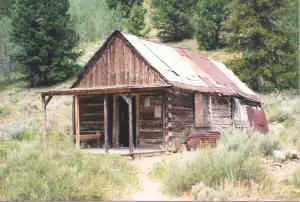 Custer Courtesy Dolores Steele 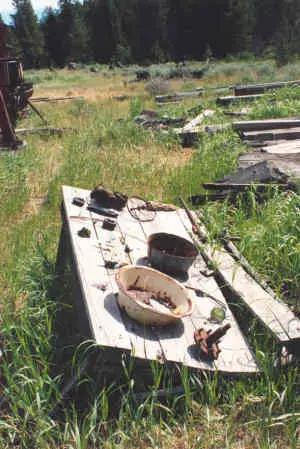 Custer Courtesy Dolores Steele 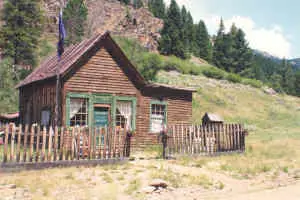 Custer Courtesy Dolores Steele 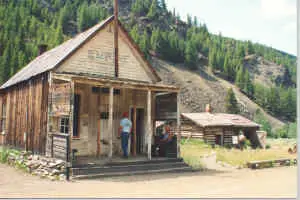 Empire Saloon Courtesy Dolores Steele 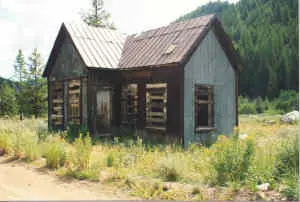 Custer Courtesy Dolores Steele 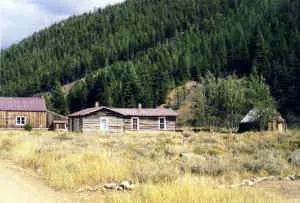 Custer Courtesy Rick and Brenda Homme 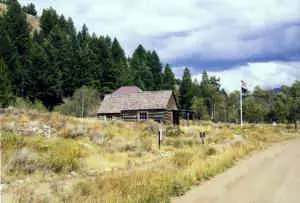 Custer Courtesy Rick and Brenda Homme |
Courtesy David Eggebraaten
|
|---|
|
|